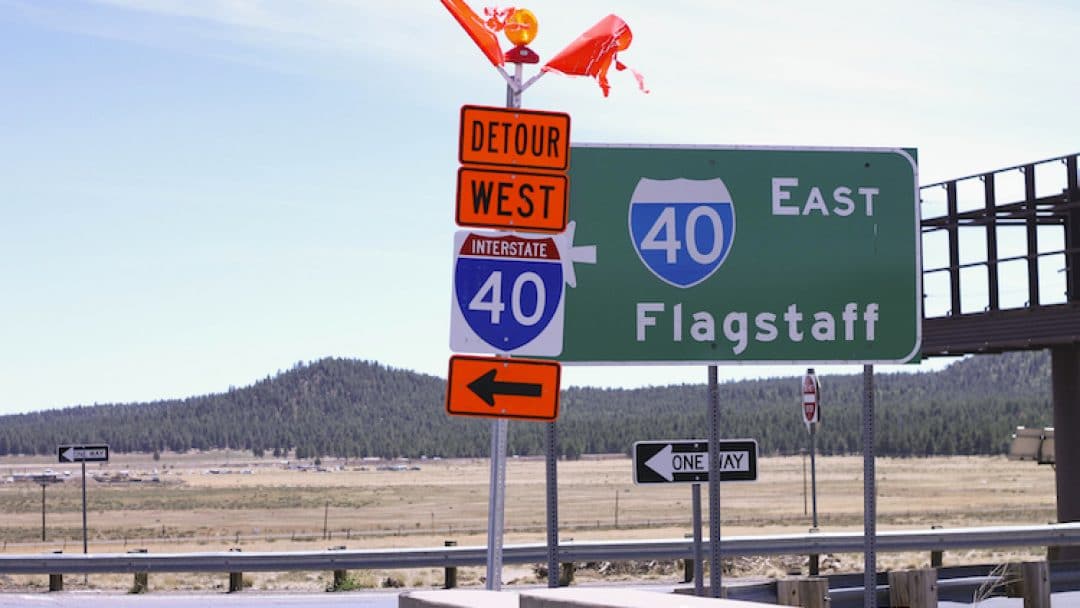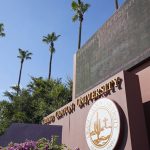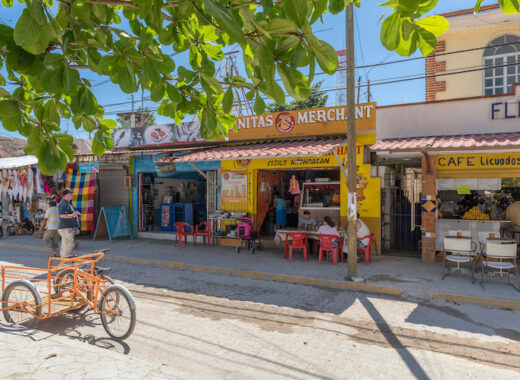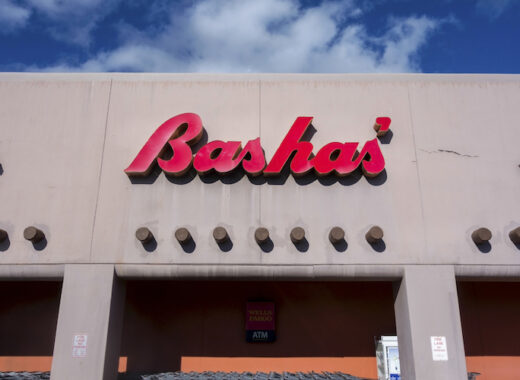In order to increase safety and mobility in highway work zones, the Arizona Department of Transportation is studying a “smart work zone” at an existing I-40 bridge project located between Flagstaff and Winslow.
A smart work zone is a traffic management system that can be controlled remotely through computer networks, portable message boards and sensor technology to provide motorists with real-time traffic information as they approach construction work zones. This project utilizes a dynamic merge system, which is a specific type of smart work zone.
The dynamic merge system is designed to mitigate the potential hazards of lane closures by altering the time to merge based on the current level of traffic. When traffic is light, electronic signs placed well ahead of the work zone encourage drivers to merge into the open lane prior to the lane closure. When traffic is heavy, the system will encourage drivers to remain in the closed lane for as long as possible in what is known as a zipper merge.
ADOT has been utilizing the zipper merge on various projects since 2016. The zipper merge works by having drivers remain in their lanes and merge just before the lane closure begins. It’s a more efficient way of moving heavy traffic through a work zone where a lane is closed.
In order to study the potential impact a dynamic merge system can have on safety and mobility in a highway construction work zone, ADOT picked an existing bridge deck rehabilitation project on I-40 at the Two Guns and Meteor Crater bridges as a test site.
ADOT set up a dynamic merge smart work zone in the westbound direction and a traditional work zone in the eastbound direction in order to compare the effectiveness of a dynamic merge system.
Drivers passing through the work zone toward Flagstaff from Winslow should follow instructions on when to merge through electronic message signs.
Crash data and speed data will be gathered from the smart work zone and traditional work zone and used to evaluate the impact and inform decisions on future highway projects.
ADOT used something similar during a recent project to rehabilitate three I-15 bridges in the Virgin River Gorge. The queue warning system, as it was called, included portable message boards informing drivers of stop-and-go traffic ahead. That system, like this one on I-40, used equipment that detected traffic in real-time in an effort to help reduce collisions and improve safety and mobility.








